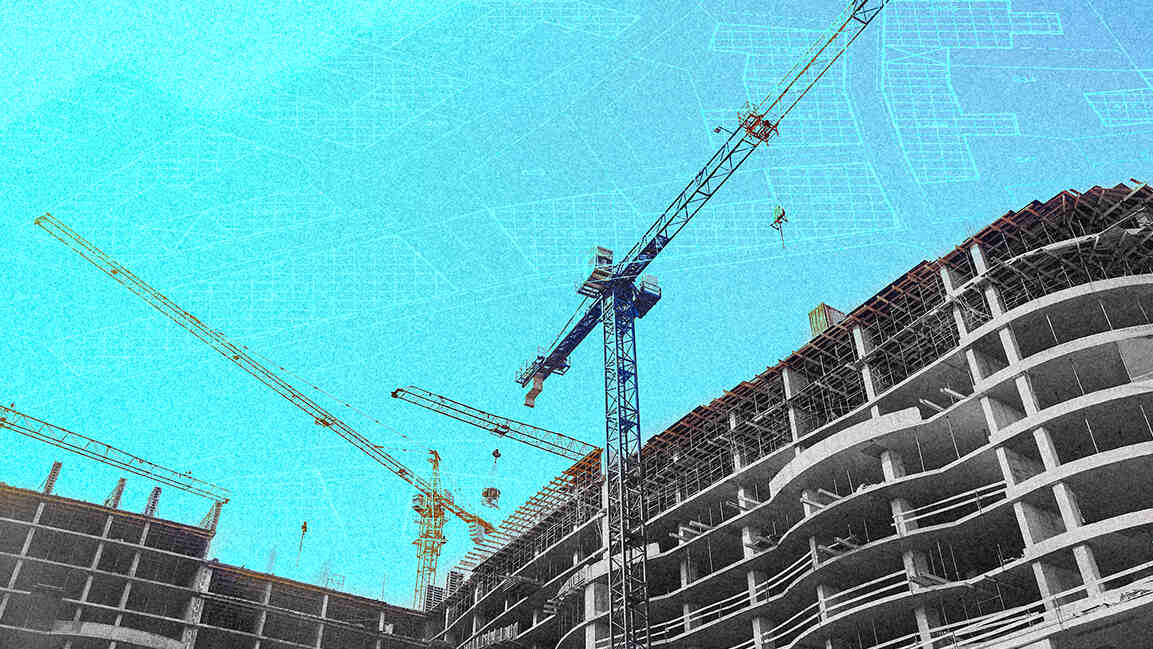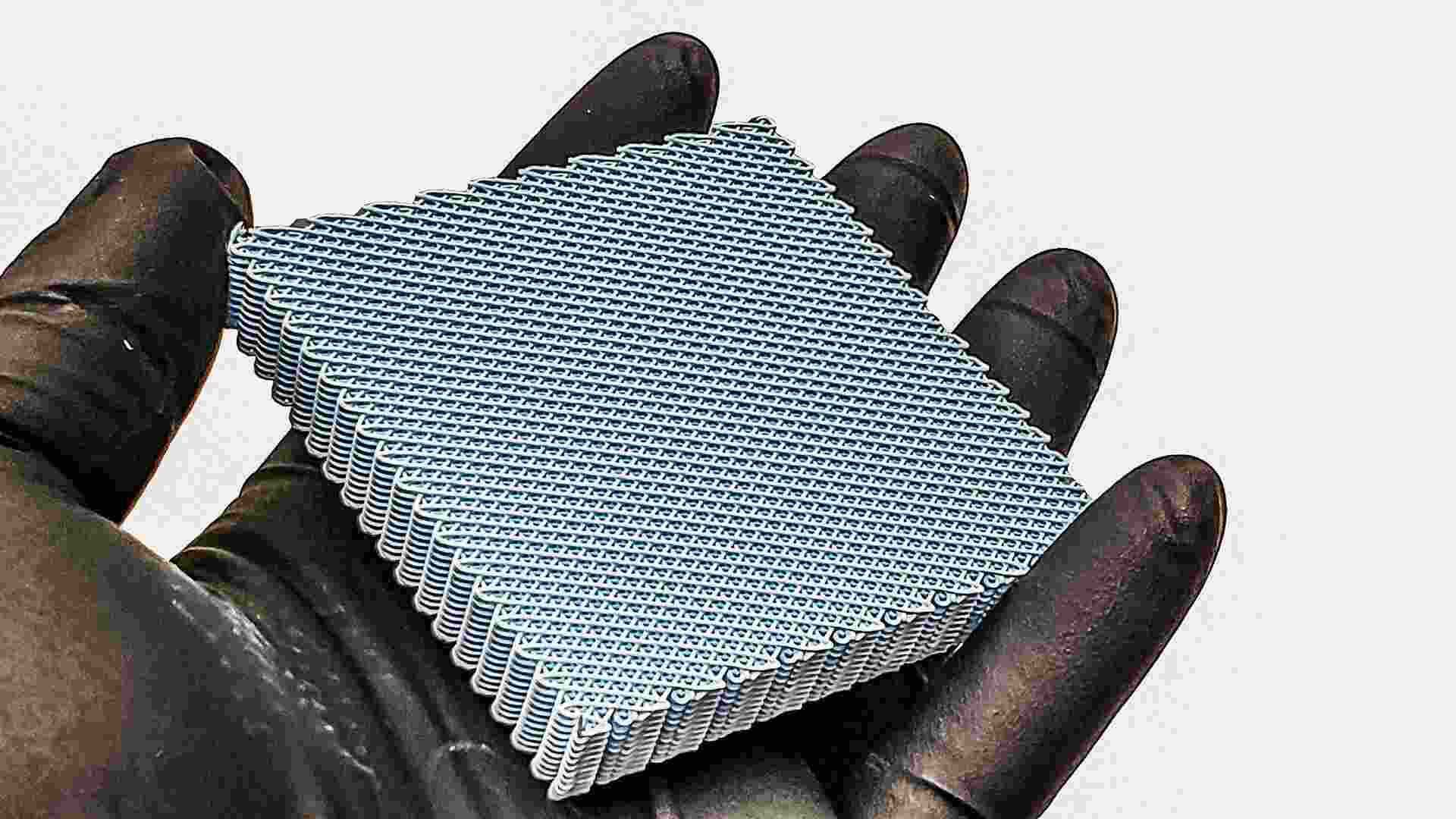- | 12:00 pm
UAE sets sights on ‘circular trade’ for economic growth
UAE wants to double its GDP by 2031 and achieve net-zero goal by 2050 with special focus on circular trade

The circular economy – which aims to use closed-loop production to keep resources in play for as long as possible – has gained momentum in recent years. It is presented as a pragmatic, easing climate change, resource depletion, and waste, and its backers promise economic growth and job creation too.
The UAE, the Arab world’s second-largest economy, is focusing on “circular trade” and doubling its economic growth by 2031.
Addressing the UAE Climate Tech forum in Abu Dhabi on Thursday, Abdulla bin Touq, the Minister of Economy, said that UAE aims to shift from a “linear economy to circularity” with an annual GDP growth of 7% to double its economy.
“We introduced 22 policies, and we are going to introduce more. There is a new technology that can help us decarbonize,” he said. “We created the UAE circular economic policy with the private sector. We brought all the multinational companies, and we [discussed] what policies we need to take to help advance technology and help the economy to be more circular.”
The Minister added that the UAE is also focusing on “circular trade” to minimize its carbon footprint and investing in renewable and clean energy to achieve its net-zero emissions target by 2050.
Last year, the UAE set up the Circular Economy Council to create policies focusing on manufacturing, food, infrastructure and transport sectors.
Shifting to a circular economy based on reuse and recycling is a major factor in achieving net-zero emissions by 2050. In a circular economy, there is less extraction of natural resources and more focus on the regeneration of natural systems. It reduces waste as products, components, and raw materials are used for as long as they have value.































